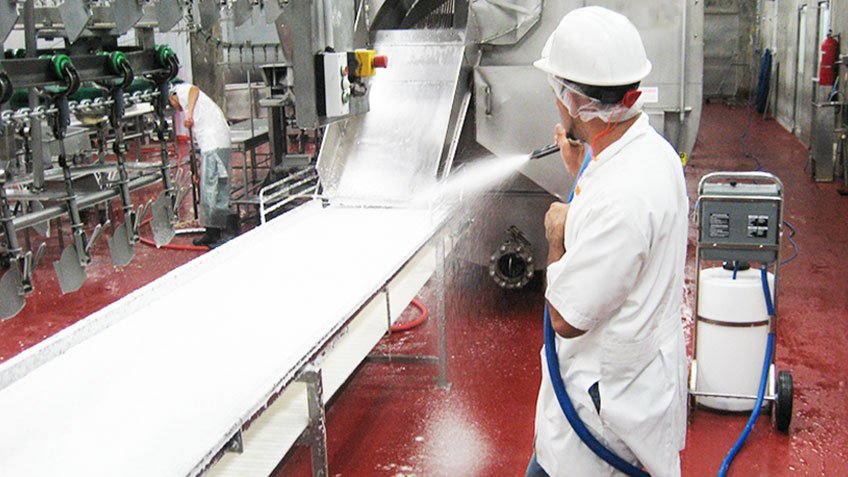A Process and Packaging Paradigm Shift
Today, two critical factors are transforming how CPG manufacturers – and the OEMs who serve them – approach plant floor and equipment design.
First, an increasingly complex supply chain – and highly publicized product recalls and a heightened regulatory environment – have placed greater emphasis on food safety. Every food producer is keenly aware that a single recall can take a lasting toll on their brand reputation, customer loyalty and profits. In addition, producers must comply with more stringent requirements, most notably the FDA Food Safety and Modernization Act (FSMA) and the European Food Law.
Second, the industry must meet consumer demand for more product offerings and packaging options. Multiple SKUs and formats ranging from single-serving to multi-pack require agile equipment. To meet these requirements, CPG companies are taking a more integrated view of the manufacturing space and oftentimes specifying efficient, multi-purpose machinery that spans previously discrete applications.
Blurring the once clear lines between process and packaging enables better flexibility – and a more efficient use of plant floor space and personnel. But it also requires hygienic vigilance in applications that formerly were not directly exposed to food.
To mitigate risk, CPG manufacturers and OEMs must take a closer look at equipment designs – and more frequently apply hygienic principles.
Standards Keeping Pace
In line with the paradigm shift, international industry organizations and standards bodies are beginning to address the integration of food processing and packaging machinery – and better define hygienic design.
For example, the European Hygienic Engineering and Design Group (EHEDG) recently updated its Guidelines Doc 8, which focuses on hygienic design basics including functional requirements, intended use, construction materials and assessment methods.
Other groups are also having an impact, including the 3-A Sanitary Standards and NSF International organizations.
In North America, the Association for Packaging and Processing Technologies (PMMI) and the American National Standards Institute (ANSI) have incorporated hygienic design elements in the latest ANSI/PMMI B155.1 safety standards.
The hygienic design elements included in the standard are based on the PMMI B155 TR3 technical report facilitated by PMMI and its OpX Leadership Network. The report defines a four-step process, beginning with risk assessment, which allows hygienic and machinery hazards to be collectively assessed and mitigated.
In short, the report outlines a collaborative process that enables CPG producers and OEMs to agree on design criteria required to meet standards within “basic,” “medium” and “high” hygienic zones.
This process not only eases compliance and minimizes food contamination risk for the CPG producer. It also supports an iterative design approach that allows OEMs to begin with “base equipment models” and offer a streamlined number of options when higher hygienic measures are required.
Collaboration Extends to Automation Suppliers
Of course, control components are critical to the operation of any plant floor. And control equipment exposed within hygienic zones must also comply with requirements.
Collaborating with manufacturers and OEMs, automation suppliers are extending their offerings to meet stringent requirements. And they are building hygienic options on existing product platforms to ease adoption – and the integration of hygienic zones with the rest of the plant.
For example, the Allen‑Bradley Kinetix VPH hygienic servo motor is a good fit for high hygienic zones. Not only is the motor comprised of 316-grade stainless steel, but it also is designed to meet 3-A and EHEDG guidelines.
And the NSF-certified Allen‑Bradley PanelView graphic terminal features a hygienic design to support OEM equipment acceptance in food, beverage and pharmaceutical applications.
Learn more about food safety solutions.
This post was co-authored by Jonathan Johnson, Senior Technical Consultant, OEMs, Rockwell Automation



